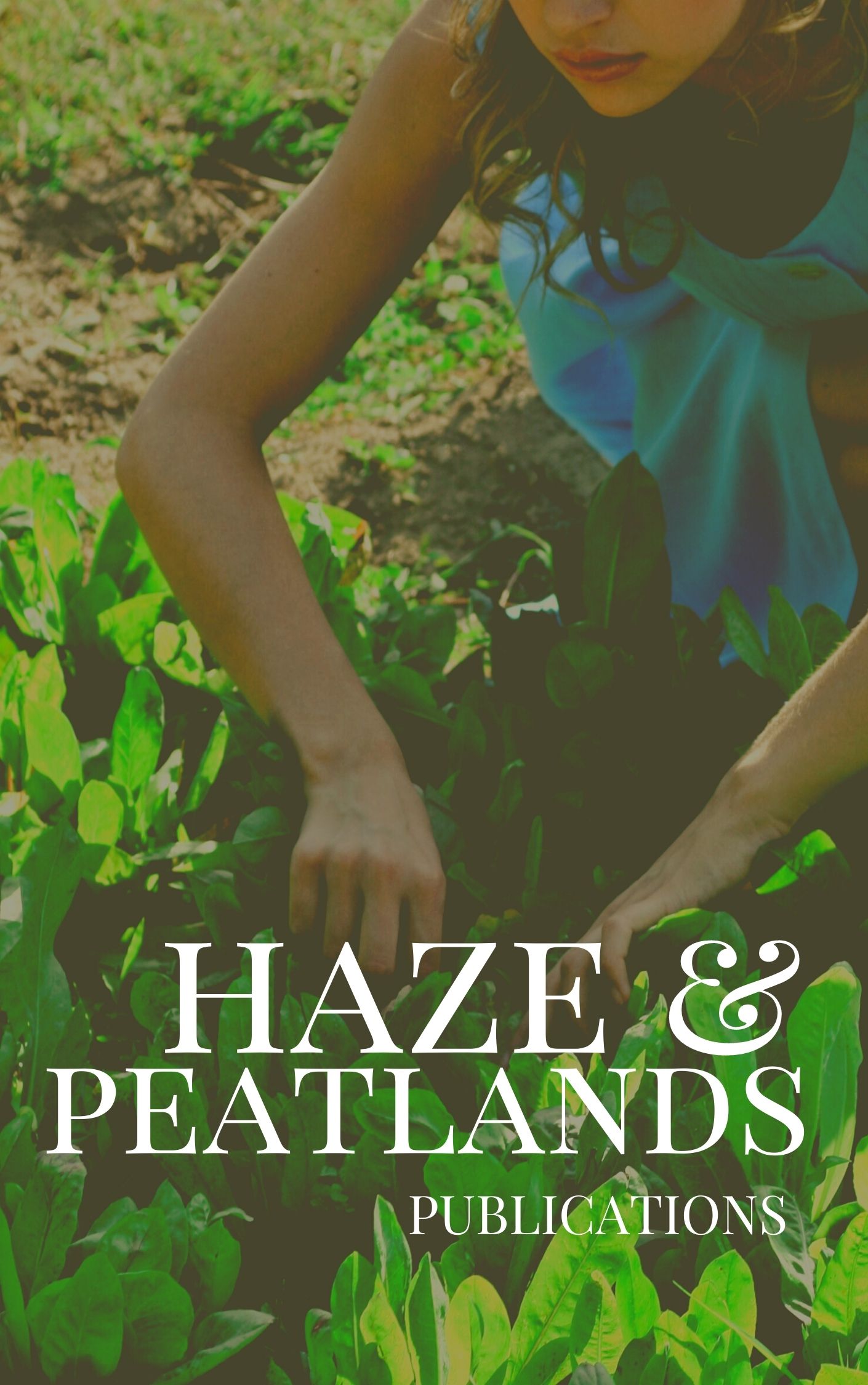Keyword(s)
cycling, decomposition, degraded forests, flora, forest ecology, forest influences, forest litter, forest plantations, forest soils, forests, ground vegetation, leaves, litter (plant), nitrogen, nutrient availability, nutrients, organic carbon, soil chemical properties, soil conservation, soil physics, soil water, species richness, stand characteristics, virgin forests, wild relatives, Thailand, Imperata cylindrica, Pinus kesiya, plants, Tectona grandis, Imperata, Poaceae, Cyperales, monocotyledons, angiosperms, Spermatophyta, eukaryotes, Pinus, Pinaceae, Pinopsida, gymnosperms, Tectona, Verbenaceae, Lamiales, dicotyledons, APEC countries, ASEAN Countries, Developing Countries, South East Asia, Asia, alang-alang, chemical properties of soil, cogon grass, duff, nutrient cycling, soil moisture, soil quality, stand parameters, Forests and Forest Trees (Biology and Ecology) (KK100), Silviculture and Forest Management (KK110), Soil Chemistry and Mineralogy (JJ200), Soil Physics (JJ300), Plant Ecology (ZZ331)

